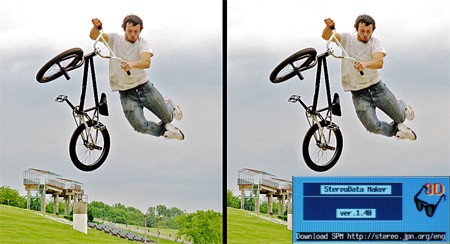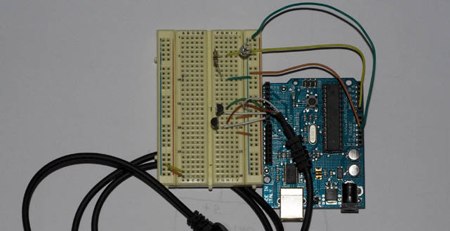
Using a custom built cable connected to the lower GBA slot and a copy of Canon’s SDK, [Steve Chapman] has come up with a very clever way of taking pictures remotely with a Nintendo DS Lite.
Currently the software supports bracket shooting as well as bulb mode. [Steve] points out that he is currently testing an audio based trigger system using the mic built into the DS and the software is still a work in progress.
While the weight saving benefits of using a DS instead of a notebook are obvious, there are things you do give up going this route. Traditionally, when you tether a camera to a computer the photos are saved directly to the computer where you can view the image on a much larger monitor. With the DS, it seems all you can do is remotely trigger the camera. Given the size and resolution of the screens maybe that’s all it can do.
[via Boing Boing Gadgets]












